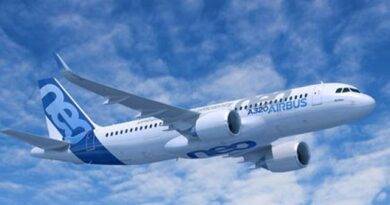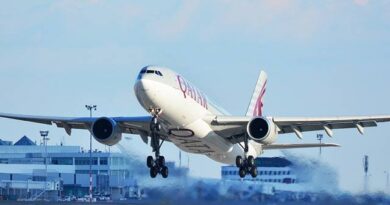Flight Crew Expectation Bias and Potential Risks
In the high-stakes world of aviation, where split-second decisions hold immense weight, a pilot’s greatest enemy can be something far more insidious than bad weather or mechanical failure: Flight Crew expectation bias. This cognitive trap can significantly impact safety and contribute to accidents.
What is Expectation Bias?
Expectation bias occurs when pilots rely on past experiences or assumptions to predict what will happen during a flight. This can lead them to misinterpret information or miss critical cues that signal a potential problem. For example, a pilot who has flown a particular route many times without issue might expect a smooth approach on a subsequent flight and downplay any unusual instrument readings.
How Can Expectation Bias Be Dangerous?
- Missed Warnings: Pilots expecting a normal flight might dismiss unusual readings on instruments or fail to take appropriate action when an alarm sounds. This can lead to a delayed reaction to a developing emergency.
- Delayed Reactions: If a situation unfolds differently than anticipated, pilots with expectation bias may be slow to react, wasting precious time in critical moments. This delay can have disastrous consequences.
- Confirmation Bias: Expectation bias can intertwine with confirmation bias, leading pilots to focus on information that confirms their expectations while ignoring contradictory evidence. This creates a tunnel vision effect, potentially overlooking crucial details.
Real-World Examples:
The dangers of expectation bias are evident in several high-profile aviation accidents. For instance, a 2015 Asiana Airlines crash at San Francisco International Airport was attributed, in part, to expectation bias. The pilots, accustomed to landing at a different runway with a steeper approach path, misjudged their altitude during landing on the assigned runway, leading to a tailstrike and subsequent runway excursion.

Mitigating Expectation Bias
Fortunately, there are steps that flight crews can take to mitigate the risks associated with expectation bias:
- Crew Resource Management (CRM): CRM training emphasizes open communication and challenging assumptions within the cockpit. By fostering a culture of questioning and information sharing, CRM helps to counter individual biases.
- Cross-Checking: Double-checking instruments and procedures is a fundamental principle of safe flying. This redundancy helps to reduce the risk of overlooking crucial details that might be misinterpreted due to expectation bias.
- Adaptability: Pilots must be prepared to adjust their plans based on real-time information, not just pre-conceived expectations. This requires a flexible mindset and a willingness to deviate from the planned course if necessary.
- Automation Reliance: While automation plays a valuable role in modern aviation, overreliance can exacerbate expectation bias. Pilots must remain vigilant and maintain situational awareness, not blindly trusting automated systems.
Conclusion
By understanding expectation bias and implementing preventative measures, flight crews can significantly enhance safety in the cockpit. A commitment to open communication, cross-checking procedures, adaptability, and a healthy skepticism towards automation are all crucial tools for mitigating this cognitive trap and ensuring a safe and successful flight for everyone on board.
References and Furhter Reading Links:
- Helmreich, R. L., Merritt, A. C., & Wilhelm, J. A. (1999). The evolution of crew resource management training in commercial aviation. International Journal of Aviation Psychology, 9(1), 19-32.
- Higginbotham, A. (2014). Black box thinking: Why most people never learn from their mistakes–but some do. Penguin.
- Reason, J. (1990). Human error. Cambridge university press.
- Federal Aviation Administration (FAA):
- Advisory Circular 120-51H: Crew Resource Management Training https://www.tc.faa.gov/its/worldpac/techrpt/rd92-26.pdf



